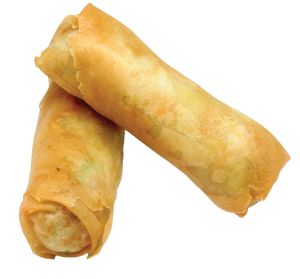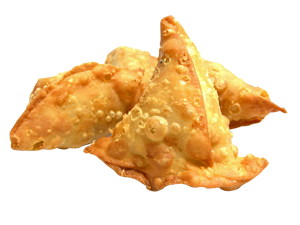

Will I need to alter my recipes, or change the way I make my food, when I start using a new fry oil?
You may need to change the recipe or the way you make the food, depending on the type of oil you use and how you will use it. The low trans fat oils perform well and foods taste the same — sometimes even better. Talk to your supplier about the best alternative that meets the 2% and 5% restrictions and give yourself plenty of time to experiment with different products. Many restaurants that have switched to low trans fat fry oils have reported no difficulty in adapting to the new fry oils.
If you need telephone information, call 8-1-1 and ask to speak to a HealthLink BC dietitian.
What do you mean by “expeller-pressed”?
Expeller-pressing is a method of taking the oil from seeds without using a chemical process. The result is a product higher in natural antioxidants, making the oil less likely to spoil. When an expeller-pressed oil is “refined”, the smoke point increases and it may become suitable for heavy-duty frying. Some refined expeller-pressed soy and canola oils are marketed as substitutes for partially hydrogenated oils.
What about using tropical oils in my restaurant kitchen?
The “tropical oils” include palm, palm kernel, and coconut oils, which are very high in saturated fat. When consumed they can raise blood cholesterol, which can increase the risk of heart disease. Even though they contain no trans fats, choose oils that are also low in saturated fat often. The product list shows saturated fat content, from lowest to highest, and can help you choose healthier oils and fats for your customers.
What about using lard or butter in my restaurant kitchen?
Animal fats like lard and butter are very high in saturated fat. When consumed they can raise blood cholesterol, which can increase the risk of heart disease. For heart health, choose fats and oils that are also low in saturated fat often.
Animal fats that have the terms “hydrogenated,” “partially hydrogenated,” “margarine” or “shortening” in the ingredients list must meet the 5% trans fat restriction.
Animal fats that do not contain the terms “hydrogenated”, “partially hydrogenated”, “margarine”, or “shortening” in the ingredients list do not have to meet the restrictions as any trans fat in the product are naturally occurring.
The product list shows a list of animal products that meet the trans fat restriction.

Can trans fat be formed when oils are heated to high temperatures?
Extended deep-fat frying can produce small amounts of trans fat (0.2 – 1% of total fat) if oils are not used within their optimal fry life. This can be kept to a minimum if fry oil is used at appropriate temperatures and recommended fry life.
See Guidelines on Deep Fryers and Frying Oil .
What happens when the smoking point of the particular oil has been reached?
If the oil temperature is high enough to reach the smoke point, the oil breaks down easily to form oxidative compounds. These compounds make the oil smell bad, taste bad, and — in excessive amounts — are harmful to human health.
How can I meet the consumer demand for lower fat menu items?
Canada’s Food guide suggests that Canadians who eat out often choose lower fat food as part of a healthy diet.
Healthier menu items:
- Baked, boiled and lightly sautéed food
- Smaller portion sizes of fried products
- Smaller portion sizes of protein, such as beef or chicken
- A vegetable portion included with the meal
See Canada’s Food Guide for more information.
If you need telephone information, call 8-1-1 and ask to speak to a HealthLink BC dietitian.
Source: The content on this page was adapted with permission from the New York City Trans Fat Help Center.


